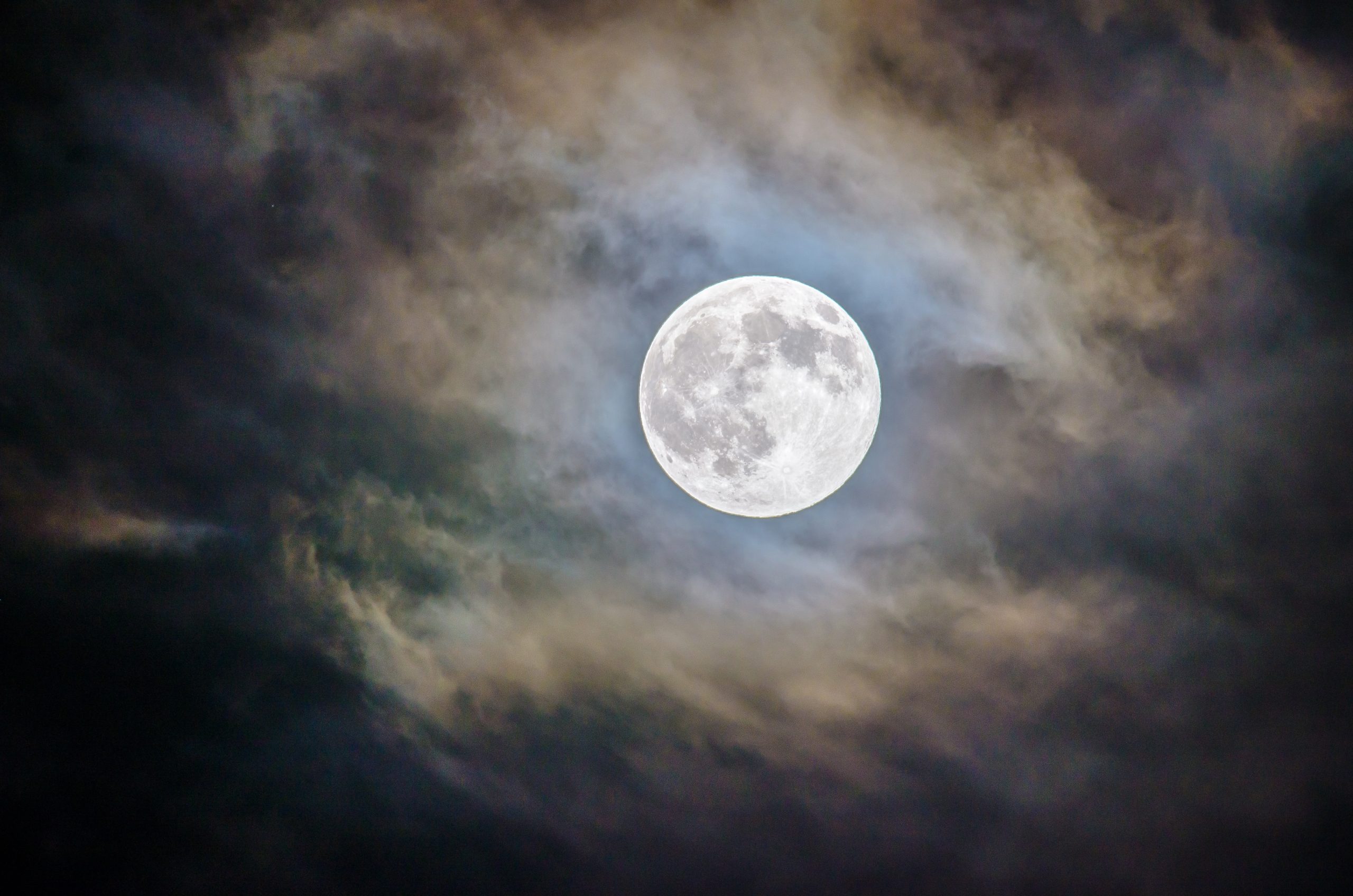The 8 Phases of the Lunar Cycle: A Detailed Guide
The lunar cycle, also known as the lunar phases, refers to the continuous cycle of changes in the appearance of the Moon as seen from Earth. It takes approximately 29.5 days for the Moon to complete one full cycle, during which it goes through eight different phases. Understanding these phases can provide us with fascinating insights into the celestial mechanics of our closest neighbor in space. In this blog post, we will explore each of the eight phases of the lunar cycle, their names, and the scientific explanations behind them.
1. New Moon
The lunar cycle begins with the New Moon phase. During this phase, the Moon is positioned between the Earth and the Sun, with its dark side facing us. As a result, the Moon appears invisible to our eyes. The New Moon phase marks the start of a new lunar cycle and typically lasts for about one to two days.
It is interesting to note that during a New Moon, the Moon is still present in the sky, but its unilluminated side is facing us. This phenomenon occurs because the Moon orbits around the Earth in an elliptical path, and the angle between the Moon’s orbit and the Earth-Sun line causes the Moon to be hidden from our view.
2. Waxing Crescent
After the New Moon phase, a small sliver of the Moon becomes visible. This phase is known as the Waxing Crescent. During this stage, only a small portion (less than half) of the Moon is illuminated, and it appears as a crescent shape in the sky. The Waxing Crescent phase typically lasts for about three to four days.
The appearance of the Waxing Crescent occurs because the illuminated portion of the Moon is increasing day by day as the Moon moves in its orbit around the Earth. The crescent shape is the result of the angle between the Sun, Moon, and Earth, causing only a portion of the Moon’s surface to be lit from our perspective.
3. First Quarter
Following the Waxing Crescent phase comes the First Quarter phase. During this phase, exactly half of the Moon’s lit surface is visible from Earth. This phase is called the “First Quarter” because it is the first half of the Moon’s journey towards becoming a Full Moon. The First Quarter phase typically lasts for about seven days.
At this stage, the Moon is halfway between the New Moon and the Full Moon. The right side of the Moon is illuminated, while the left side remains in darkness. The First Quarter phase marks a significant milestone in the lunar cycle and provides optimal visibility for stargazers and astronomers.
4. Waxing Gibbous
After the First Quarter phase, the Moon continues to grow in illumination until it reaches the Waxing Gibbous phase. During this phase, more than half of the Moon’s surface is visible, but it is not yet fully illuminated. The Waxing Gibbous phase typically lasts for about ten days.
The term “gibbous” means more than half but not fully illuminated. The Waxing Gibbous Moon appears larger and brighter than during the Waxing Crescent phase. This phase symbolizes the Moon’s progression towards becoming a Full Moon.
5. Full Moon
Arguably the most recognizable phase of the lunar cycle, the Full Moon occurs when the Moon is fully illuminated as seen from Earth. It appears as a complete disc in the sky. The Full Moon phase typically lasts for about three days.
During the Full Moon phase, the Earth, Moon, and Sun are aligned in such a way that the Earth is between the Moon and the Sun. This positioning ensures that the entire illuminated surface of the Moon is visible to us. Full Moons are often associated with various cultural and religious beliefs.
6. Waning Gibbous
Following the Full Moon, the lunar cycle enters the Waning Gibbous phase. During this phase, more than half of the Moon’s surface is still visible, but it gradually decreases. The Waning Gibbous phase typically lasts for about ten days.
Similar to the Waxing Gibbous phase, the Waning Gibbous Moon appears larger and brighter than during subsequent phases. It represents the Moon’s journey towards once again becoming a crescent shape.
7. Third Quarter
After the Waning Gibbous phase comes the Third Quarter phase, also known as the “Last Quarter.” During this phase, exactly half of the Moon’s illuminated surface is visible, but on the opposite side as the First Quarter phase. The Third Quarter phase typically lasts for about seven days.
From Earth, the left side of the Moon is illuminated during the Third Quarter phase, while the right side remains in darkness. This phase marks the completion of the Moon’s journey towards becoming a New Moon once again.
8. Waning Crescent
The final phase of the lunar cycle is the Waning Crescent. During this phase, only a small sliver of the Moon is visible, just as it was during the Waxing Crescent phase. The Waning Crescent phase typically lasts for about three to four days.
The appearance of the Waning Crescent occurs because the illuminated portion of the Moon is shrinking day by day as it approaches the New Moon phase. This phase signifies the end of the lunar cycle and the beginning of a new one.
Conclusion
The lunar cycle comprises eight distinct phases, each offering a unique perspective on our celestial companion. From the invisible New Moon to the fully illuminated Full Moon and back again, these phases follow a predictable pattern that has fascinated humanity for centuries.
Next time you look up at the night sky, take a moment to appreciate the moon’s phase and its journey through the lunar cycle. Whether you’re an astronomy enthusiast or simply curious about the wonders of the universe, understanding the eight phases of the lunar cycle adds a new layer of appreciation to our relationship with the Moon and the beauty it brings to our night sky.
Table of Contents
